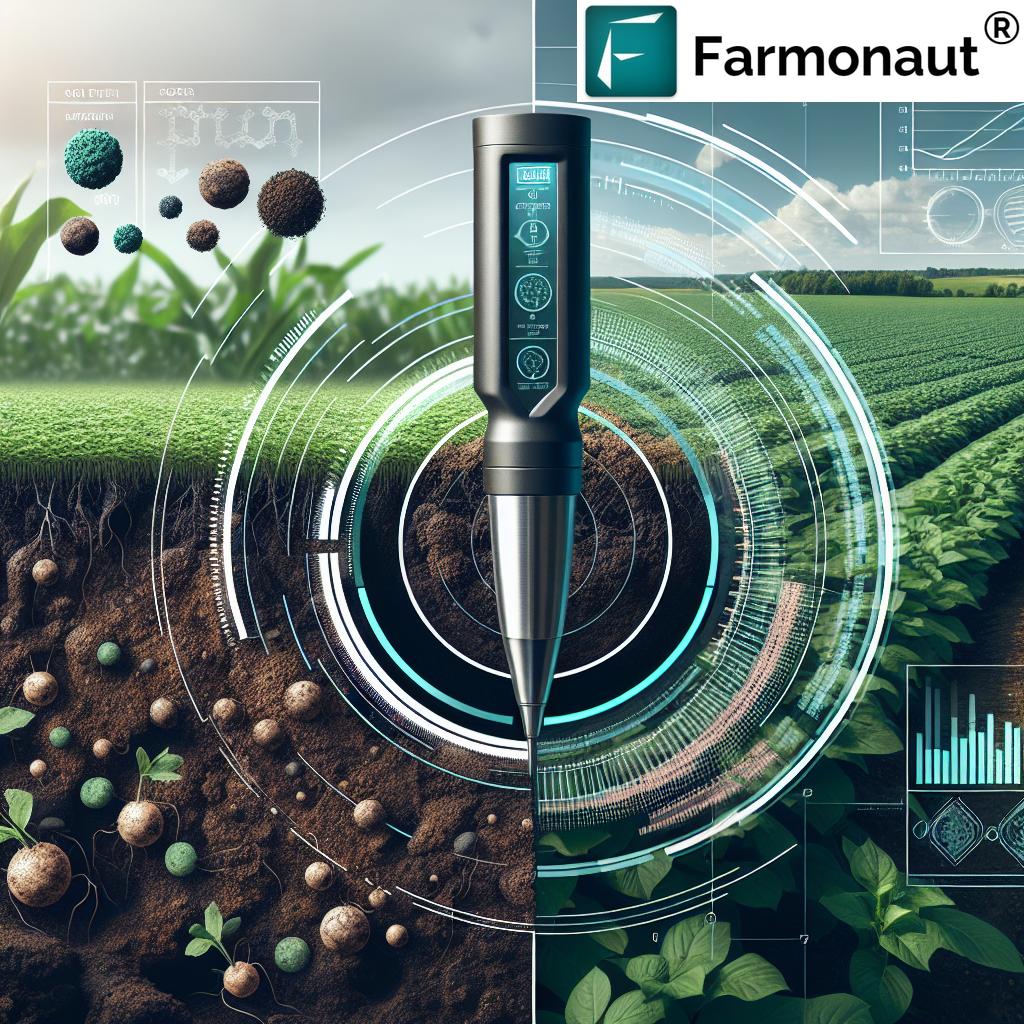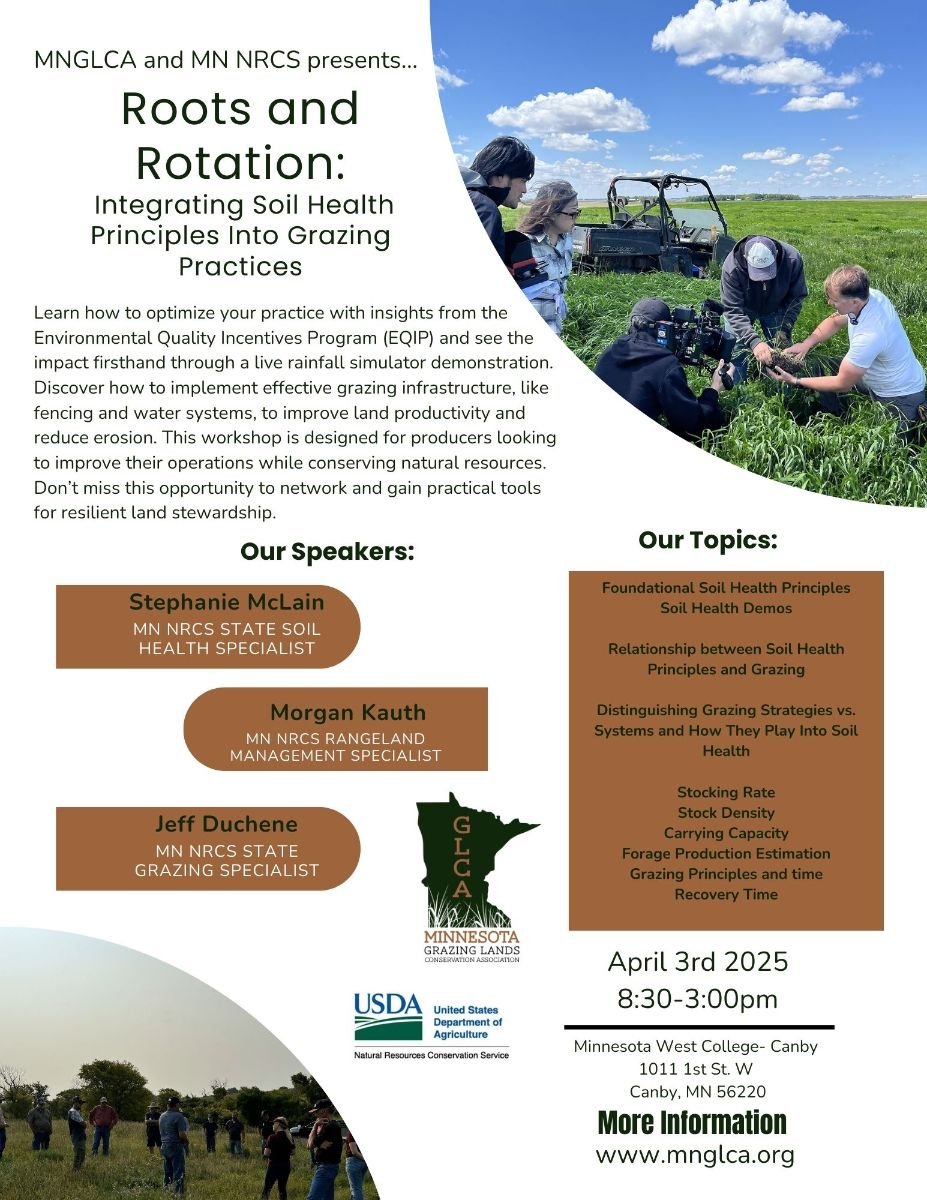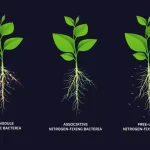Are you ready to unlock the secrets to thriving soil in 2025? Imagine your crops flourishing like never before, your garden brimming with vitality, and your farm becoming the envy of your neighbors.
Soil health is more than just dirt; it’s the foundation of sustainable agriculture, and it’s evolving in exciting ways. You’ll discover the best practices for managing soil health that will set you ahead of the curve. From harnessing cutting-edge technology to implementing timeless techniques, you’ll learn how to nurture your soil for maximum productivity and environmental harmony.
Dive in and transform your soil into a powerhouse of growth and sustainability. Your future harvests will thank you!

Soil Testing Techniques
Understanding soil health is crucial for sustainable agriculture. In 2025, soil testing techniques have become essential tools for farmers worldwide. These techniques help in evaluating nutrient levels and identifying deficiencies. Regular soil tests ensure optimal crop growth and productivity. Let’s explore the best practices for soil testing and their importance in managing soil health.
Understanding Different Soil Testing Methods
Several methods are available for soil testing. Chemical analysis is common for measuring nutrient levels. Physical tests assess soil texture and structure. Biological tests evaluate microbial activity and organic matter content. Each method provides unique insights into soil health.
Choosing The Right Soil Test For Your Needs
Selecting the appropriate test is crucial. Consider the crop type and soil conditions. Tailored tests provide accurate results for specific requirements. Matching the test with your soil’s needs can enhance crop yields and soil health.
Preparing Soil Samples Properly
Proper sample preparation is vital for accurate testing. Collect samples from various locations for comprehensive analysis. Use clean tools to avoid contamination. Follow guidelines for sample depth and quantity. Correct preparation ensures reliable test results.
Interpreting Soil Test Results
Understanding test results is key to effective soil management. Look for nutrient levels, pH balance, and organic content. Use results to guide fertilization and amendments. Accurate interpretation leads to informed decisions for improving soil health.
Utilizing Technology In Soil Testing
Technology plays a significant role in modern soil testing. Advanced tools offer precise measurements and analysis. Digital platforms provide easy access to test results. Embrace technology for efficient and accurate soil health management.

Crop Rotation Strategies
Crop rotation boosts soil health by alternating crops yearly. Diverse plant choices prevent nutrient depletion and enhance soil structure. In 2025, integrating legumes and grains reduces pests and enriches soil naturally.
Crop rotation is a tried-and-true method for maintaining soil health and boosting crop yields. As we step into 2025, the importance of strategic crop rotation has never been more crucial. This practice not only enhances soil fertility but also helps in pest management and disease control. You might be wondering, what makes crop rotation effective and how can you apply it to your own farming practices? Let’s dive into some best practices that can transform your soil health.Understanding Crop Rotation
Crop rotation involves changing the type of crop grown in a particular field from season to season. This method prevents soil depletion and reduces dependency on chemical fertilizers. Think of it as a natural way to keep your soil balanced and productive.Choosing The Right Crops
Selecting crops that complement each other is key. Legumes, like beans and peas, replenish nitrogen in the soil. Follow these with nitrogen-consuming plants, such as corn or wheat, to maximize soil nutrients. This sequence helps maintain nutrient levels without artificial inputs.Timing Is Everything
The timing of your crop rotation can impact soil health. Plan your rotations based on seasonal changes and crop growth cycles. For instance, rotating cool-season crops with warm-season crops can ensure continuous soil cover, reducing erosion and nutrient loss.Experimenting With Cover Crops
Cover crops are an underrated hero in crop rotation strategies. They shield the soil, preventing erosion and improving organic matter. Try adding cover crops like clover or rye during off-seasons. They serve as a protective blanket and enrich the soil for future planting.Monitoring Soil Health
Regular soil testing is essential to assess the impact of your crop rotation. Keep track of soil pH, moisture, and nutrient content. Use these insights to adjust your rotation plan, ensuring your soil remains fertile and thriving.Learning From Experience
Every farm is unique, and what works for one may not work for another. Share your experiences and learn from others. Have you ever tried rotating crops in a different sequence? What unexpected benefits did you notice? Engage with your community to discover new strategies and improve your practices. Crop rotation is not just a method; it’s a commitment to sustainable farming. By adopting these strategies, you can ensure your soil remains healthy for years to come. How will you change your approach to crop rotation in 2025?Organic Matter Integration
Integrating organic matter enhances soil health for sustainable farming in 2025. It boosts nutrient availability and improves soil structure. This practice supports healthy plant growth and increases soil biodiversity.
Understanding and managing soil health is crucial as we step into 2025. One key aspect that stands out is Organic Matter Integration. This practice involves adding organic materials like compost, cover crops, and manure to the soil. By doing this, you can boost soil fertility, enhance water retention, and support the biodiversity of microorganisms. But how do you make sure you’re doing it right? Let’s explore some best practices you can adopt to ensure your soil remains healthy and productive.Understanding Organic Matter
Organic matter is composed of decomposed plant and animal residues. It acts like a sponge, holding moisture and nutrients in the soil. This is crucial for plant growth, especially during dry spells. Have you ever noticed how a well-composted garden bed seems to bounce back even after a hot day? That’s the power of organic matter.Choosing The Right Organic Material
Not all organic materials are created equal. Compost is a popular choice due to its nutrient-rich composition. Manure, especially from herbivores, is another excellent option, though it needs to be well-aged to prevent burning plant roots. Cover crops like clover or rye can be grown and then tilled back into the soil, adding both nitrogen and organic matter.Timing Your Additions
When you add organic matter can significantly affect its benefits. Adding compost in the fall allows it to break down over winter, enriching the soil for spring planting. Spreading manure in early spring can give your plants a nutrient boost as they start to grow. Timing is everything; miss it, and you might not see the results you expect.Monitoring Soil Health
How do you know if your efforts are paying off? Regular soil tests can give you insights into nutrient levels and pH balance. Observing plant health and growth patterns can also be telling. If your plants are thriving and your soil feels rich and crumbly, you’re on the right track.Adapting To Changes
Soil health isn’t static. It changes with weather, plant types, and management practices. Be prepared to adapt your organic matter integration strategy as needed. If a particular compost mix works well one year but not the next, don’t hesitate to tweak your approach. Staying flexible can make all the difference. Engaging with your soil is like having a conversation with your garden. What is it telling you about its needs? By integrating organic matter wisely, you’re setting the stage for a thriving ecosystem right in your backyard. Are you ready to take the next step in nurturing your soil?
Innovative Technology Tools
In 2025, managing soil health is no longer just about traditional methods. You now have access to a range of innovative technology tools that can change how you approach soil management. These tools offer practical ways to monitor, analyze, and enhance the health of your soil, making your farming practices more efficient and sustainable.
Smart Sensors For Real-time Monitoring
Smart sensors are a game-changer in soil management. They provide real-time data on soil moisture, temperature, and nutrient levels. Imagine knowing exactly when your soil needs water or nutrients. These sensors save you time and resources, allowing you to focus on other critical tasks.
Do you remember the last time you guessed whether your soil was too dry or nutrient-deficient? With smart sensors, you can eliminate the guesswork. Use this data to make informed decisions that improve crop yield and soil health.
Drones For Soil Mapping
Drones offer a bird’s-eye view of your land, providing detailed maps of soil conditions. They fly over your fields, capturing data that helps identify problem areas. You can use these maps to target specific zones for treatment, optimizing your resources and efforts.
Have you ever wondered how precise your soil treatment could be? With drone technology, you can achieve unprecedented accuracy in soil management. This tool helps you work smarter, not harder.
Mobile Apps For Soil Analysis
Mobile apps are powerful tools for soil analysis. They allow you to input data and receive instant feedback on soil health. These apps can suggest the best practices for maintaining or improving your soil condition. You can access them anywhere, making soil management a breeze.
Think about the convenience of having all your soil data at your fingertips. Mobile apps simplify the process, helping you keep track of changes and plan your next steps effectively.
Automated Irrigation Systems
Automated irrigation systems adjust water levels based on real-time data. They ensure your soil receives the exact amount of water it needs, reducing waste and enhancing soil health. These systems take the burden off your shoulders, allowing for precise water management.
Have you ever felt overwhelmed by the irrigation demands of your farm? Automated systems can relieve this stress. They provide a practical solution that saves time and promotes sustainable water use.
What innovative technology tools have you tried in your farming practices? Consider integrating these tools into your routine to see improvements in soil health and productivity. The future of soil management is at your fingertips, ready to transform your farming experience.
Conclusion
Healthy soil is key for productive farming in 2025. Use these best practices consistently. Maintain balance with nutrients and organic matter. Monitor soil health regularly for optimal growth. Rotate crops to prevent nutrient depletion. Plant cover crops for soil protection.
Reduce chemical use for sustainable farming. Healthy soil benefits yield, environment, and future generations. Stick to these strategies for long-term success. Foster a thriving farm ecosystem. Soil care ensures sustainable agriculture. Keep soil alive and vibrant. Farmers create a better tomorrow through soil stewardship.


